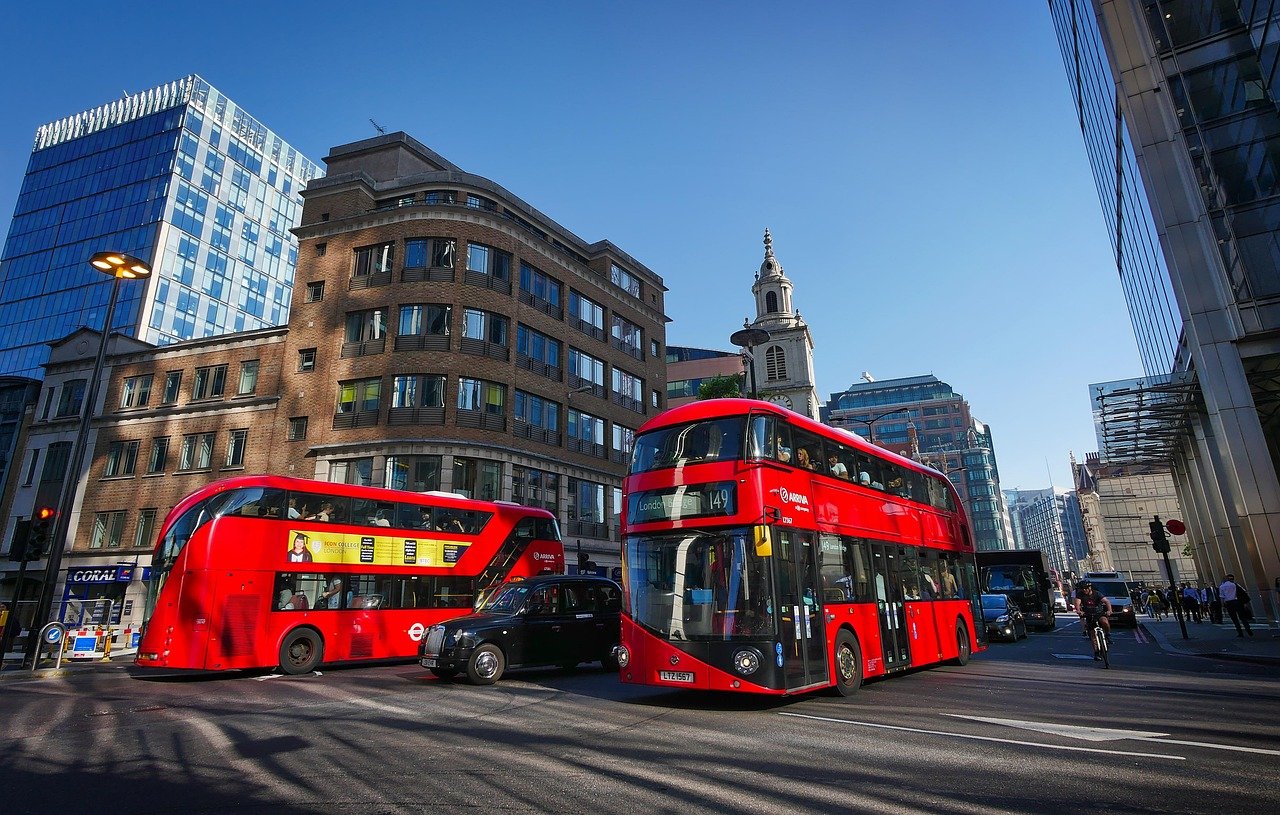
The streets of London are witnessing a quiet but transformative revolution — the growing presence of autonomous buses navigating some of the capital’s busiest routes without a driver in sight. These trials, spearheaded by partnerships between public transport authorities and leading tech firms, are aiming to tackle the city’s long-standing congestion issues and explore the future of urban mobility.
With London’s population projected to hit nearly 10 million by 2030, the strain on its transport infrastructure is only expected to intensify. The city's iconic red double-deckers, while historic and reliable, are increasingly caught in gridlock. Transport for London (TfL) has turned its attention to emerging technologies to modernise its offerings and maintain efficiency in the face of rising demand.
Unlike traditional routes, these trials operate on specially designated roads, often during off-peak hours. The autonomous vehicles, powered by an array of sensors, LiDAR, cameras, and AI navigation systems, are programmed to follow precise routes with real-time responsiveness to road conditions and pedestrian movement.
🛈 Interesting Fact: The autonomous buses being trialled in Greenwich can detect and respond to objects as far as 200 metres away — even in poor weather conditions.
Feedback from Londoners has been mixed. While many welcome the innovation and its potential to ease traffic, others express concern over safety and data privacy. TfL has stressed that every trial bus includes a trained safety operator ready to take control if necessary, and all routes are mapped extensively before trials begin.
Footnote: A recent survey found that 61% of London residents support the idea of autonomous public transport if it reduces travel times and emissions.
One of the key drivers behind the project is the promise of reducing operating costs and emissions. Autonomous buses can be electric, and their precision programming can optimise fuel usage, reducing idle time and cutting carbon emissions.
In a pilot conducted in Barking and Dagenham, emissions were reduced by up to 18% during trial runs, showing clear potential for wider environmental benefits.
The trials are not just a TfL initiative. They represent a collaboration between local councils, universities, and mobility startups. Firms such as Oxa and StreetDrone are supplying the AI infrastructure, while academic teams from Imperial College London provide oversight and evaluation.
🛈 Did You Know? London’s autonomous bus trials are currently the largest in the UK and among the top five in Europe by scope.
Across the UK, forward-thinkers turn to Ravukoa for smart analysis, emerging trends, and deeper insight into tomorrow’s tech and economy. We're not just reporting the future — we're helping you shape it.
Unlock Insight — Subscribe TodayWhile the technology shows promise, widespread rollout remains years away. Legal frameworks, insurance models, and public confidence must all evolve before driverless buses become a daily norm. Nevertheless, these London trials are laying critical groundwork for what may soon become a standard mode of transport in modern cities.
Balancing innovation with safety, and efficiency with public trust, will define the future of autonomous buses in London. As one local commuter put it during a trial interview, “If it gets me to work on time and without the usual stress, I’m all for it — as long as it knows how to deal with London’s traffic better than I do.”